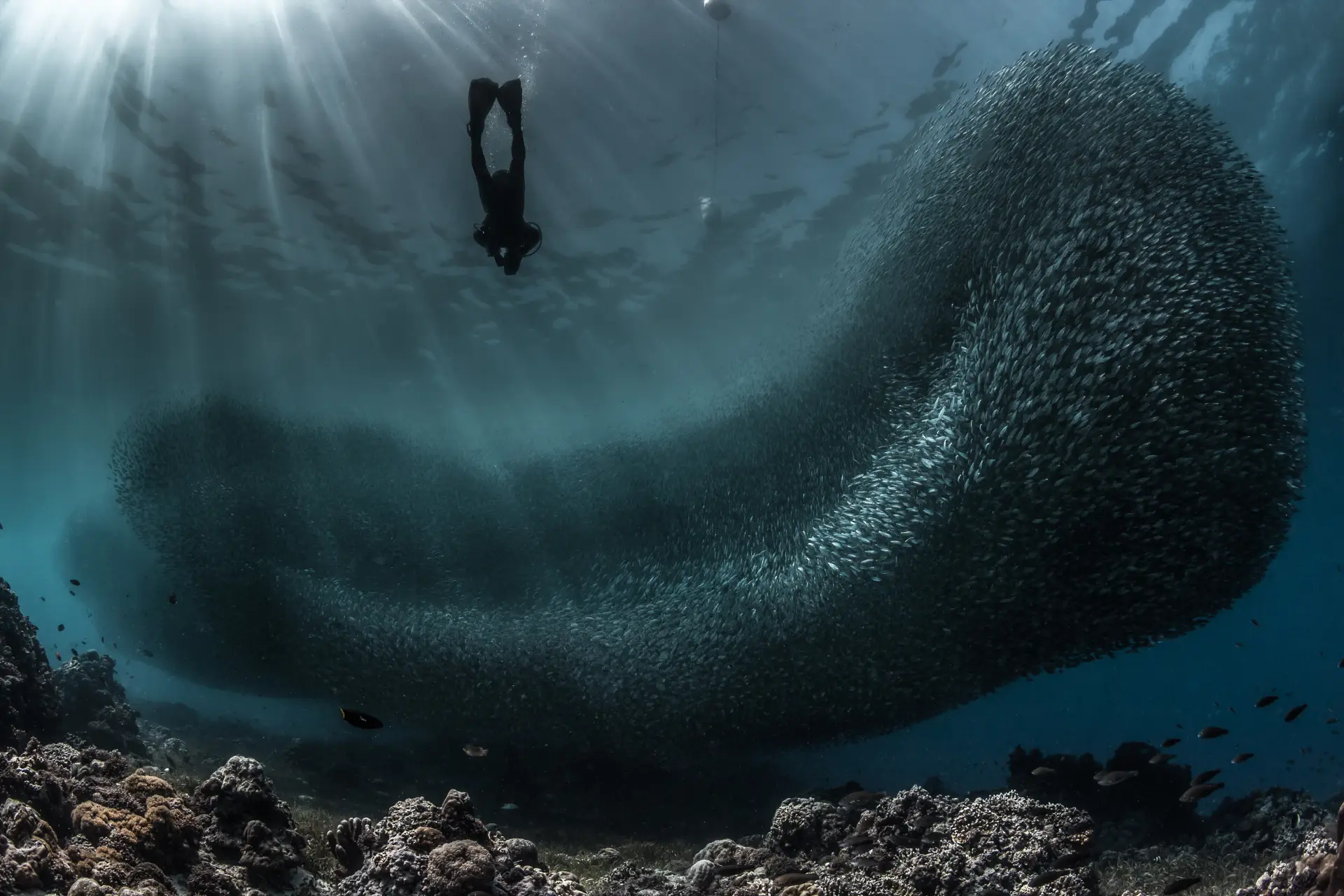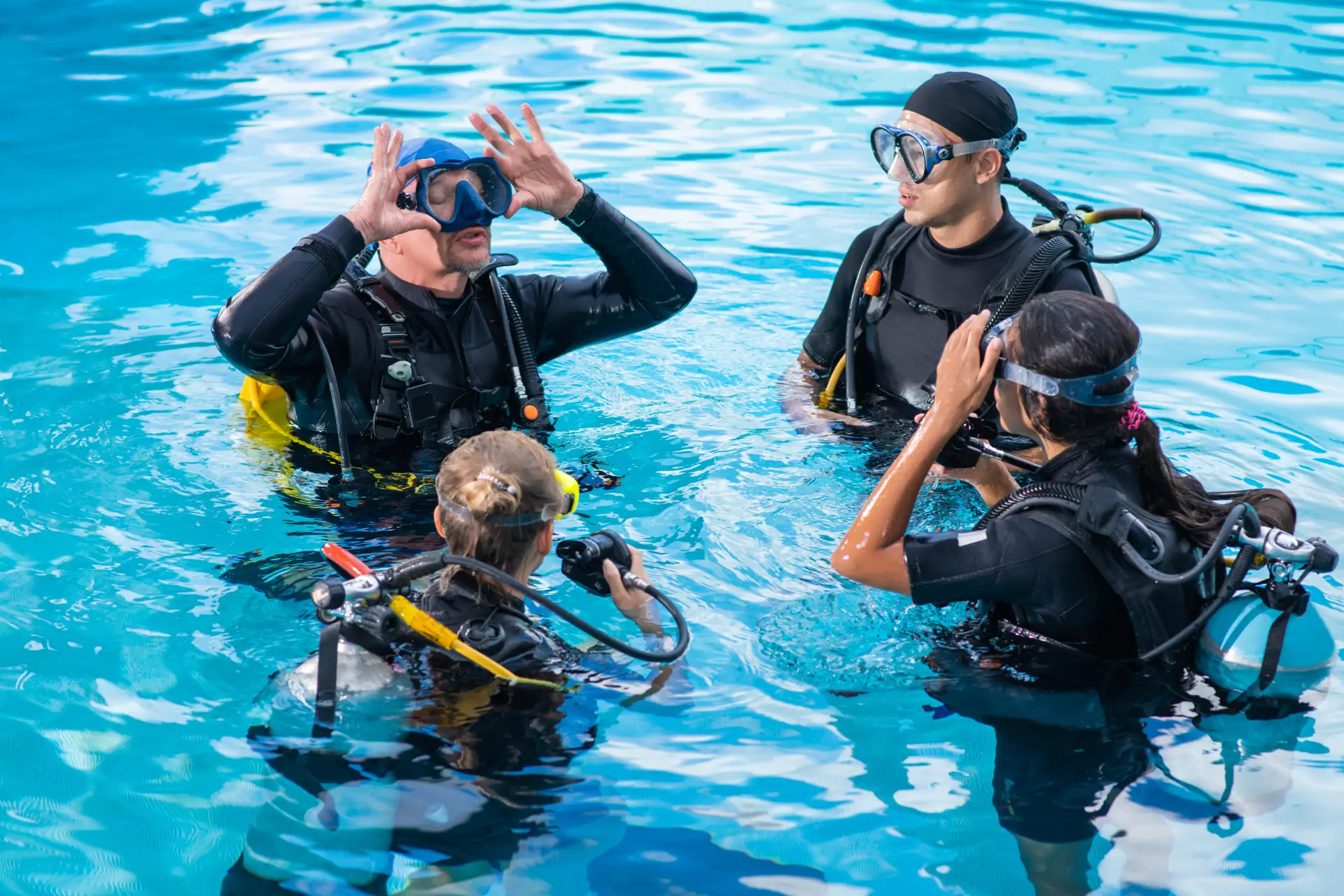Porcelain Crabs: Tiny, Tenacious Creatures of Bohol’s Underwater World
The Philippines is home to some of the most diverse marine ecosystems in the world, and Bohol, in particular, offers a stunning display of life beneath the waves. From the vibrant coral reefs to the mysterious underwater landscapes, Bohol’s marine biodiversity continues to amaze divers. Among the many fascinating creatures divers encounter in the waters around Bohol, one of the most overlooked, yet intriguing, is the porcelain crab.
Though small in size, porcelain crabs are remarkable creatures that thrive in the tropical waters of the Philippines. These tiny crustaceans are often found living among sea anemones, coral reefs, and rocky outcrops, providing a perfect subject for divers who appreciate the finer details of marine life. At Sierra Madre Divers, we often guide our visitors through the best dive sites in Bohol, helping them discover these and other hidden gems of the underwater world.
What Are Porcelain Crabs?
Porcelain crabs belong to the family Porcellanidae and are not true crabs, despite their appearance. They are more closely related to squat lobsters, although their flat, broad bodies and large claws give them the look of miniature crabs. The most noticeable feature of porcelain crabs is their fragile exoskeleton, which gives them their name. These crabs can shed their limbs if threatened, making a quick getaway from predators, and they are capable of regenerating them during subsequent molting phases.
Porcelain crabs typically grow to only about 1.5 centimeters (0.6 inches) in size, making them one of the smaller creatures divers encounter. Their bodies are generally covered in a variety of patterns and colors, which help them blend into their environment. Porcelain crabs often exhibit a speckled or mottled appearance, camouflaging against the coral, rocks, and anemones they call home.
Symbiosis with Sea Anemones
One of the most fascinating aspects of porcelain crabs is their symbiotic relationship with sea anemones. Similar to clownfish, porcelain crabs live among the tentacles of sea anemones, using them for protection. The anemone’s stinging cells, which are harmful to most predators, do not affect the porcelain crab. In exchange for this protection, the crabs help keep the anemone clean by feeding on small particles in the water.
This mutually beneficial relationship allows porcelain crabs to thrive in an otherwise hostile environment. The crabs feed by filtering plankton and organic matter from the water using their feathery appendages, which they wave in the current to catch food. It’s an extraordinary sight for divers to witness these tiny crabs feeding, their delicate movements a contrast to the often-chaotic activity of the surrounding marine life.
Discovering Porcelain Crabs in Bohol
The waters around Bohol are teeming with life, and porcelain crabs are just one of the many species that divers can find here. Dive sites like Balicasag Island and Panglao Island offer excellent opportunities for macro photography enthusiasts to spot porcelain crabs hiding in anemones or crevices. These small creatures can often be overlooked, but with the trained eye of a dive guide from Sierra Madre Divers, you’ll have no trouble spotting these fascinating crustaceans.
Porcelain crabs are also found in coral reefs, where their camouflage makes them almost invisible to the untrained eye. For divers interested in marine biology, these crabs are an excellent example of how marine species have evolved to survive in complex ecosystems like those found in Bohol’s underwater world.
Marine Life in Bohol
Bohol is a well-known diving destination in the Philippines, and the island’s marine life is nothing short of spectacular. From the famous sardine run to encounters with turtles, reef sharks, and colorful nudibranchs, Bohol’s underwater environment is a haven for marine biodiversity.
While larger marine species often steal the spotlight, the smaller creatures, like porcelain crabs, are just as remarkable. Macro life in Bohol is thriving, and species like these crabs highlight the delicate balance of life on the reef. Divers in Bohol will find a rich variety of marine life, including various types of shrimp, nudibranchs, pygmy seahorses, and anemonefish. The area’s coral gardens and seagrass beds offer perfect conditions for creatures like porcelain crabs to flourish.
At Sierra Madre Divers, we emphasize the importance of preserving Bohol’s marine ecosystems. Our dive guides educate divers about the local marine life and the significance of responsible diving practices to protect species like porcelain crabs and their habitats. We are committed to sustainable diving that ensures future generations of divers can enjoy Bohol’s underwater wonders.
The Role of Porcelain Crabs in the Ecosystem
Although they are small, porcelain crabs play a crucial role in the marine ecosystem. By living among sea anemones and coral, they contribute to the health of these environments. Their feeding habits help to keep the waters around them clean, removing excess plankton and organic material. In addition, their presence within the ecosystem supports the larger food web, as they become prey for other marine animals.
Diving in Bohol gives visitors a unique opportunity to see the intricate relationships between species up close. From symbiosis to predator-prey dynamics, porcelain crabs are a part of the bigger picture that makes Bohol’s marine environment so unique.
Protecting Bohol’s Porcelain Crabs
Like many other marine species, porcelain crabs face challenges due to habitat degradation, pollution, and climate change. Coral bleaching, for example, can have a direct impact on the habitats that these crabs rely on. When coral reefs die, the intricate ecosystems that support creatures like porcelain crabs also suffer.
At Sierra Madre Divers, we advocate for marine conservation efforts that protect the habitats of all species, big and small. We encourage divers to respect the marine life and follow responsible diving practices, such as avoiding touching coral or disturbing the creatures that live within these delicate ecosystems. By promoting sustainable diving, we hope to contribute to the protection of Bohol’s marine biodiversity, ensuring that future generations of divers can enjoy the vibrant life found beneath the surface.
Final Thoughts
Porcelain crabs are a perfect example of the small wonders that make diving in Bohol so special. While they may not be as large or as famous as other marine species, their role in the ecosystem and their fascinating behavior make them a highlight for those with an eye for detail. At Sierra Madre Divers, we invite you to join us in exploring Bohol’s incredible marine life, from the tiny porcelain crabs to the majestic turtles and everything in between.
Whether you’re an experienced diver or a beginner, Bohol offers something for everyone. And who knows? On your next dive with Sierra Madre Divers, you might just find yourself face-to-face with a porcelain crab, one of Bohol’s many underwater treasures.








